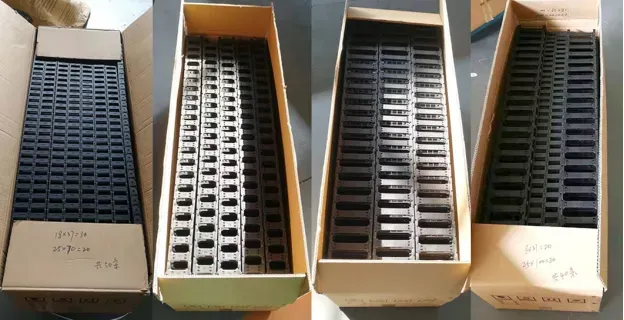Understanding Energy Chain Cables and Their Applications in Modern Industries
Understanding Energy Chain Cables An Essential Component in Modern Machinery
In today's fast-paced industrial landscape, the reliability and efficiency of machinery are paramount. Energy chain cables, often referred to as drag chain cables, play a crucial role in ensuring the smooth operation of various types of equipment. These specialized cables are designed to provide reliable power, data, and control connections in dynamic environments where movement and flexibility are essential. This article explores the significance, structure, and applications of energy chain cables, highlighting their indispensable role in modern technology.
What Are Energy Chain Cables?
Energy chain cables are a specific type of cable configured to move seamlessly with machinery. They are typically housed within a cable carrier or drag chain that protects them while allowing for movement. This design is crucial in applications involving repetitive motion, such as robotic arms, conveyors, and automated machinery. The primary function of energy chain cables is to facilitate the transfer of electrical power and signals between stationary and moving parts of equipment without the risk of tangling, abrasion, or wear.
Structure and Design
The structure of energy chain cables is engineered for flexibility and durability. These cables often consist of multiple conductors, often insulated with robust materials that withstand environmental stressors such as extreme temperatures, chemicals, and mechanical strain. The outer jacket is typically crafted from high-quality polymers to provide additional resistance to abrasion and wear.
One of the key features of energy chain cables is their ability to endure significant bending cycles without failure
. They are designed to operate in various environments, from factories and warehouses to outdoor settings. Various configurations of conductors (control signals, power lines, data communication) can be included within a single cable, allowing for streamlined installation and reduced clutter.Applications in Various Industries
energy chain cable

Energy chain cables are widely used across numerous industries due to their versatility. In the manufacturing sector, they are crucial in robotics, CNC machines, and automated assembly lines. These cables facilitate communication between control units and moving parts, ensuring precise movements and operations.
In the entertainment industry, energy chain cables are commonly found in automated lighting systems, stage setups, and sound production lines. The flexible design allows these cables to move with equipment, reducing the risk of damage during performances.
Another significant application is in the automotive industry, where energy chain cables are utilized in assembly lines that require constant movement and flexibility. These cables help power tools and communicate essential data to robotic arms, enhancing production efficiency and accuracy.
Moreover, in the aerospace sector, energy chain cables ensure that critical systems remain operational during flight simulations and testing, providing reliable connectivity while accommodating the intricate movements of test equipment.
Conclusion
As industries continue to advance technologically, the importance of energy chain cables cannot be overstated. They represent a fundamental element in the design and operation of modern machinery, bridging the gap between static and dynamic environments. With their robust construction, flexibility, and ability to withstand challenging conditions, energy chain cables contribute significantly to enhancing productivity and operational reliability.
In summary, energy chain cables are not just mere components; they are essential to the functionality and efficiency of equipment across various sectors. As we look towards a more automated and interconnected future, the demand for durable and reliable energy chain cables will undoubtedly continue to grow, driving innovation and efficiency in machinery worldwide.








